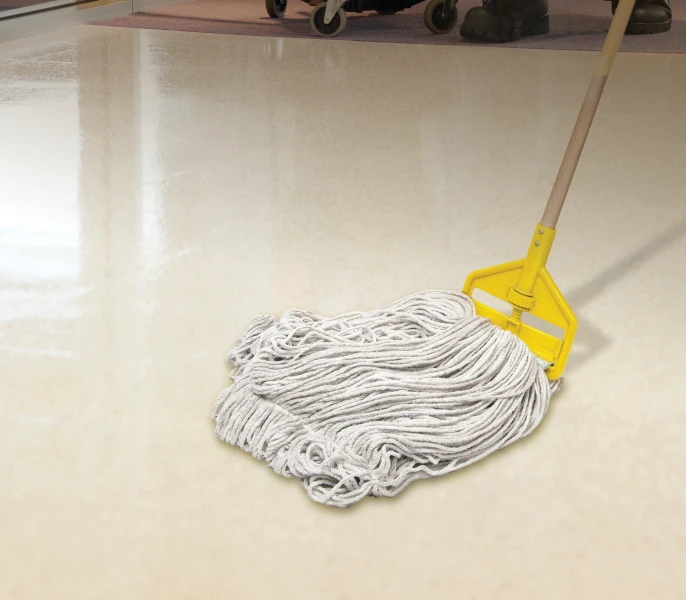Carpeting comes in a variety of materials and construction styles. Do your research before making a decision, so you won’t install carpeting you regret.
The right carpeting can really impact the look of a room. Unfortunately, unlike with smaller decor items like curtains or even furniture, once you’ve installed carpeting wall to wall, it’s not easy–or cheap–to change your mind. Whether you’re planning to install carpet in your home for the first time or to replace your existing carpeting, weigh factors including color, texture, and material. Do your research beforehand to avoid making a decision you’ll go on to regret.
Pile
The term “pile” refers to the density of fibers in the carpet, as well as the length of those fibers. The most traditional wall-to-wall carpeting has a short pile for durability and ease of cleaning; carpet with a very long pile is known as shag carpeting, for its shaggy, furry feel. When selecting a pile, consider your personal preference and budget. The more fibers involved in the carpet’s creation, the more the carpeting will cost, but a thicker pile may feel softer to the touch. Think about how the carpeting will feel on your feet, or to anyone who sits on the floor. Will a child be playing in the room? You might want something soft and gentle. Also take into account the room’s use. In a high-traffic area, especially where people walk with dirty shoes, you might be best served by a short, tight weave that can be vacuumed and spot-washed often.
Material
The other major factor that will affect a carpet’s feel and price is the material of its fibers. Typically, natural fibers are more expensive than synthetic fibers. Thus, a wool carpet will be more expensive than a carpet made from nylon, acrylic, or polyester fibers. While wool carpeting is fairly durable, other natural fibers, such as sisal and jute, are more fragile. Synthetic fibers, meanwhile, have been engineered for durability, so they may be more resistant to sun damage, stains, and other forms of wear and tear. Again, rely both on how the material feels and on what you can afford. Keep in mind that a synthetic fiber carpet with a thick, lush pile may still cost less than a wool-silk blend with a very short pile. Also consider the room; you might not want to put wool carpeting in that dirty shoe entryway area.
Other Considerations
In any room, the color of the flooring will play a huge role in your decision-making process. But that’s not the only other variable in home carpeting selection. You’ll also have to choose between a cut pile and a looped pile, meaning that the threads form small loops rather than sticking up into the air. Among the various synthetic materials, each is engineered with different benefits, including crush resistance, stain resistance, moisture resistance, and fade resistance. Which is most important to you? Aside from the carpet itself, you have to consider how much care you’re willing to put into maintaining it, and how hard your family–and pets–will be on it. Will you wash and vacuum often, or would you prefer something that hides dirt and stains?
After narrowing down the array of options based on feel, visual appearance, durability, and cost, take several swatches home. Lay them out on the floor to get a sense of what they might look like in the whole space. Get second, third, and fourth opinions from friends and family. Then go back to your local carpet installer with your decision.
Home Improvement

